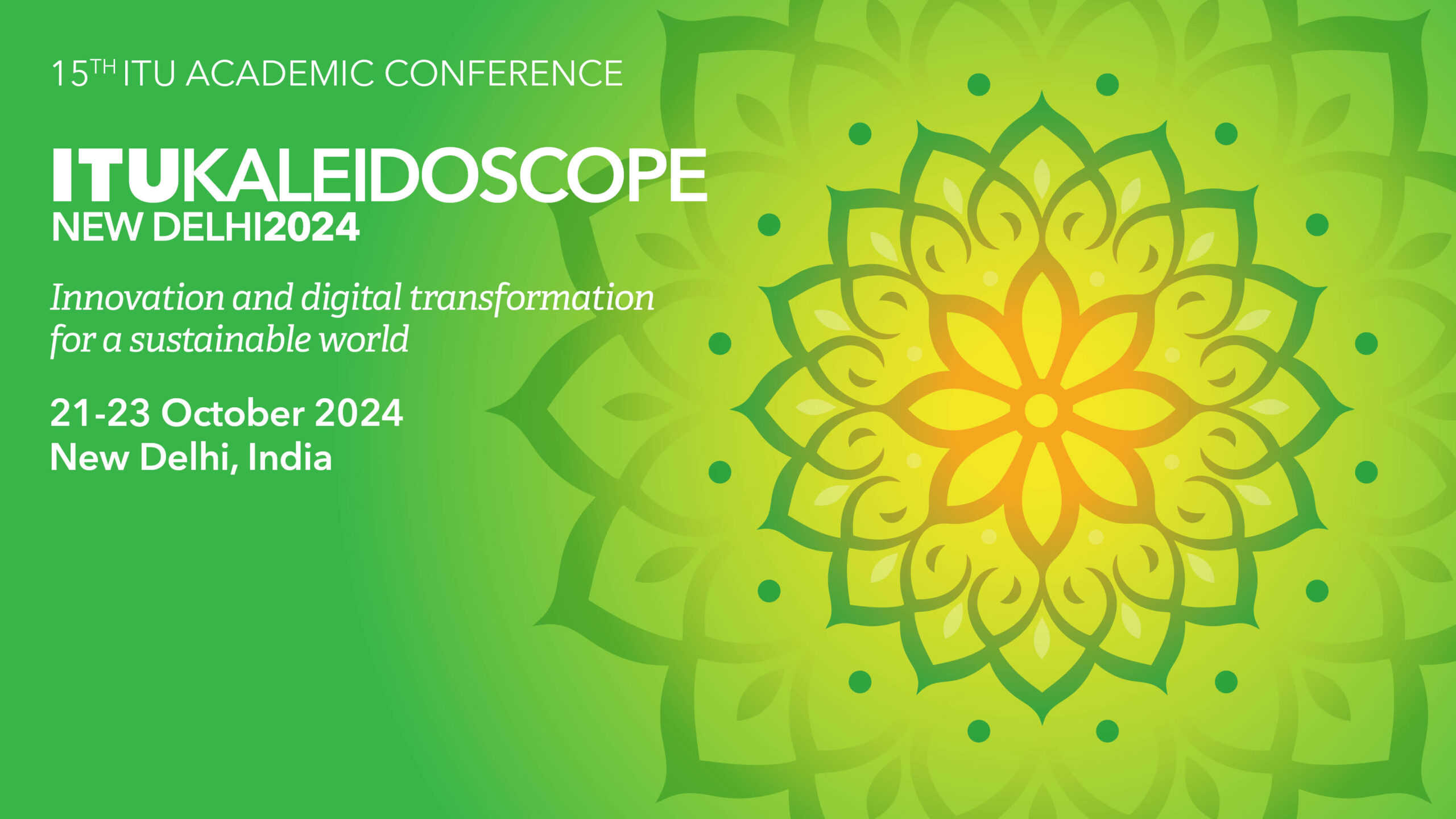Molecular Engineering in Vivo, in Humans with smart Materials WITHOUT Informed Consent #NanoCyberInterface
Early detection is crucial in improving treatment outcomes and alleviating the burden of chronic diseases, as emphasized by the EU Mission: Cancer. In vivo dianosgtic approaches have been shown to eliminate a couple of post-processing stages, but no significant reduction in turnaround delays has been reported, in addition to being costly, bulky, and invasive. The next natural step in innovation would be to reduce turnaround delays from the present best of 10,000 minutes to within a few tens of minutes, a 1000X improvement, which BeNiFIt aims to introduce. The goal of the BeNiFIt project is to show that intra-body nanoscale communications (IBNC) can be used to make in-vivo diagnostics possible. This will pave the way for more advanced early detection and real-time monitoring methods that are minimally invasive, low-cost, and have small turnaround delays. Through BeNiFIt, I will demonstrate the competence of IBNC for in vivo detection of biomarkers with high accuracy by using nanomachines equipped with biosensors. A cooperative sensing approach will be developed to maximize the sensitivity and specificity of the biosensors, thus reducing the number of false positives/negatives caused by the presence of other molecules. In addition, I will design an approach to integrating the sensing and communication hardware to meet the hardware requirements of nanomachines. A near-field magnetism-based system and passive communication architecture will be implemented to ensure ultra-high safety and energy efficiency. Lastly, an open-source system-level simulator will be developed, spanning microscopic to macroscopic scales, to analyze the impact of the design choices on the system’s performance. The KPI targets of BeNiFIt include >95% detection accuracy and a 10X reduction in treatment costs, besides the 1000X reduction in turnaround delays. These outstanding performances are set to disrupt the healthcare industry. www.cordis.europa.eu/project
Fields of science
engineering and technologyelectrical engineering, electronic engineering, information engineeringelectronic engineeringsensorsbiosensors medical and health sciencesclinical medicineoncology
Keywords
- nanonetworks
- inbody communications
- intrabody communications
- wireless sensor networks
- passive communication
Coordinator
Sabrina Wallace, the Global Information Grid, and Electromagnetic Warfare
Innovation and digital transformation for a sustainable world
ITU > HOME > ITU-T > ACADEMIA AND ITU-T > ITU KALEIDOSCOPE EVENTS > KALEIDOSCOPE 2024
Kaleidoscope 2024 – Innovation and digital transformation for a sustainable world is the fifteenth in a series of peer-reviewed academic conferences organized by ITU to bring together a wide range of views from universities, industry and research institutions. The aim of Kaleidoscope is to foster collaboration and discussion on emerging trends in technologies for a digital and sustainable transformation that can benefit humanity.
The theme of the fifteenth edition of the ITU Kaleidoscope academic conference captures the ongoing global efforts to harness the power of technology for positive and sustainable change.
Kaleidoscope 2024 calls for original, academic papers exploring technological innovation and digital transformation’s implications for policy, regulation, legal and ethical frameworks, the economy, and society. Emphasis is placed on how international ICT standards contribute to achieving the UN SDGs.
Accepted and presented papers will be published in the Conference Proceedings and will be submitted for inclusion in the IEEE Xplore Digital Library. The best papers will be also evaluated for potential publication in the IEEE Communications Standards Magazine. In addition, extended versions of selected papers will be considered for publication in international journals.
George Church: Decoding the Future of Genomics
On this episode of FYI, ARK Multiomics analyst Nemo Marjanovic sits down with Professor George Church, a renowned geneticist and entrepreneur from Harvard. They discuss the evolution of genomic sequencing technologies, the intersection of genomics and blockchain for privacy, and the fascinating potential of DNA for data storage. They delve into multiomic approaches for enhanced biological understanding, the transformative impact of artificial intelligence (AI) in medical advancements, and George’s groundbreaking research on aging. Key Points From This Episode: – Evolution of genomic sequencing: from short to long reads – Balancing privacy with blockchain in genomics – The potential of DNA as a universal data storage medium – Advancements and challenges in writing DNA for data encoding – The growing importance and integration of multiomic approaches – How AI and high-throughput screening revolutionize drug discovery – Insights into startups from George’s lab leveraging machine learning and multiomics – Revolutionary research on aging: targeting multiple pathways simultaneously – The concept of protective gene therapies against all viruses – Emerging technologies in genome synthesis and developmental biology.
www.youtube.com/@ARKInvest2015/videos
Download Big Ideas 2024
The convergence of AI and hardware should enable generalizable robotics. Robots are outperforming humans in factory settings and should do so in many domains in the future. As hardware and software costs decline according to Wright’s Law, AI should continue to improve productivity and create a new market opportunity for generalizable robotics that, at scale, could potentially exceed $24 trillion in revenue annually.
“All of our exalted technological progress, civilization for that matter, is comparable to an axe in the hand of a pathological criminal”.
— Albert Einstein, in a letter to Heinrich Zangger (1917)





